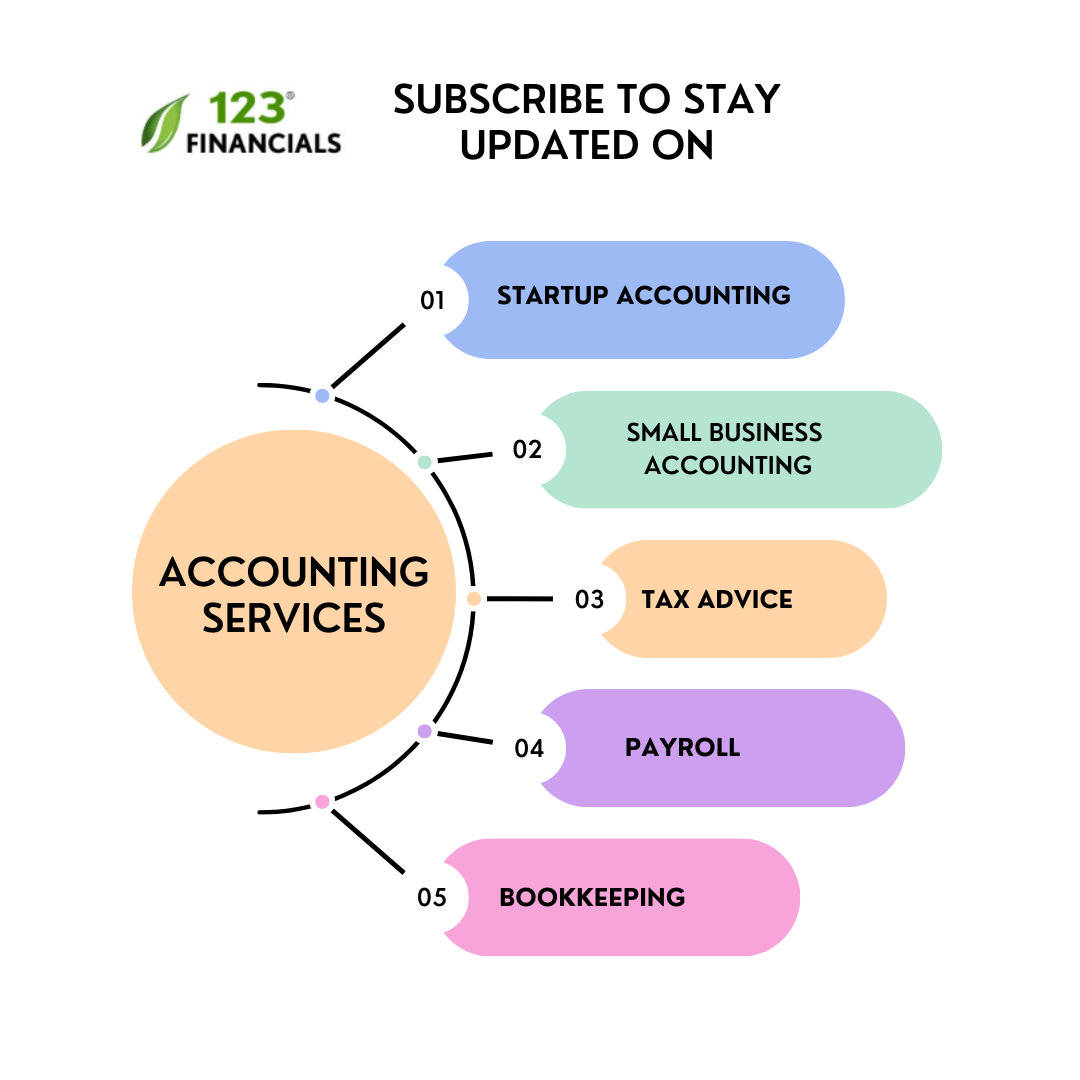This five-letter word ‘Audit’ might be scary, but it’s not always bad.
Generally, business owners have a mindset that the audit is the last thing they need for their business.
If HMRC is auditing, then it can be time-consuming, expensive and stressful, lasting months and can be costly, not ideal, isn’t it?
Yet audit is not always about the investigation from HMRC, but it is actually more like a maintenance check for your business.
Here, we will learn what an audit is, types of audit and more.
Contents of the blogpost
What is an audit?
What are the types of the audit?
Preparing for the first audit?
How to run an audit effectively?
How much time does an audit take?
What is an audit?
An audit is a procedure that examines your business’s financial records by looking at things like financial statements and underlying accounting records.
Audits can help determine your overall business health and help you spot mistakes.
An audit can be specific to a process, function or production step or applied to the entire organisation.
As business owners, you are responsible for maintaining accurate accounting records that show your business’s income, expenditure, assets, liability and equity.
Need an Audit Services
Work with a London-based accountant for tax, accounting, payroll, & EIS/ SEIS needs.
What are the types of audit?
There are many types of audit. Some popular ones are as below,
1. Internal audit
The internal audit takes place within the business.
Usually, an internal audit conducted by the in-house audit team.
Some common reasons to conduct an Internal Audit are as below,
- To propose effectiveness
- To ensure your business is compliant with regulations
- To review financial information
- To examine operation processes
- To evaluate the effectiveness of risk management policies & procedures
Depending upon the circumstances and business schedule, an internal audit can be conducted daily, weekly, monthly, or annually.
2. External audit
The external audit is conducted by an external auditor who is not part of the organisation.
Just as an internal audit, the external audit’s primary objective is to determine the accuracy of a business’s financial information.
Business investors and lenders typically require external audits to ensure that the financial information and records are fair and accurate.
An external audit provides an assurance to the investors that the business’s financial statements are free from material misstatement.
External audits conducted once a year in order to comply with the statuary requirements.
3. Tax audit
The tax audit is an essential investigation to verify your business’s tax return information, whether; it is accurate or not.
This type of audits can be triggered by unordinary deductions and forms of income listed on the tax return.
VAT audit and corporation tax audit are common types of Tax audit.
4. Forensic audit
The Forensic audit is conducted for several reasons: financial statement fraud, corruption, asset misappropriation, money laundering, etc.
A forensic auditor should have specific training in forensic audit and technicalities of accounting issues. These days most audit procedures are performed using CAATs- Computer-assisted audit techniques.
Such audits are usually either requested by the management or regulators.
5. Public sector audit
This audit is specifically for state-owned companies and business as they are required to have their financial affairs audited.
This includes a critical examination of the financial information of state-owned companies.
Such audits usually focus on the reliability of financial statements and information.
6. Compliance audit
This audit is conducted to comply with regulations and laws.
Compliance audit includes
- Verification of the available reserves
- Investigation of the statements of assets and liabilities
- Cost audit of manufacturing companies
- Client money regulations
- Funds audit
7. Value for money audit
This includes the effectiveness and efficiency of a company’s use of resources.
Companies and organisation such as charities and public sector that do not have profit as their primary objective can conduct a value for money audit.
Generally, a value for money audit is part of an internal or public sector audit.
Preparing for the first audit?
One key thing you should do to ensure a successful audit is to talk to your employees and set the right tone.
An audit can cause worry if your employees do not understand the context and reasons behind it.
When the auditors visit your organisation, they will talk to employees at every level, so make sure that they are comfortable.
Empower the employees to answer the auditor’s questions.
Assign roles and appoint employees for the various audit areas.
Set a transparent chain of command and communication channels between auditors and the management.
Be open and honest with the auditors.
Make an environment that treats the auditors as partners.
How to run an audit effectively?
First thing first, ensure that all accounting staff is available during the auditors are with you.
Secondly, prepare some of the primary documents in advance of the audit.
- All accounting records
- Year-end bank reconciliation and statements available for the entire period for all bank accounts
- Diagram of structure and ownership of the company
- Breakdown of all balance sheet amounts with invoices to evidence items such as fixed asset additions, prepayments & accruals
- Wages records and P11D returns
- All hire-purchase and leasing agreements
- VAT returns information
- Inventories reports
Have you set up a Government gateway? If not, then go set up the Government Gateway account, and if you feel stuck, our guide “How to set up a government gateway account” will help.
Need an Audit Services
Work with a London-based accountant for tax, accounting, payroll, & EIS/ SEIS needs.
Draft your process and control documents
If you do not have detailed process and control documents, draft them before the audit.
Auditors will document their understanding of all the internal control, and no one knows your internal control better than you and your staff.
By documenting your controls and processes, you will ensure that auditors understand your control environment’s strengths.
At least, consider compiling the following process & control documents:
- Controls over financial reporting & month/year-end close
- Cash in-flows & Cash out-flows
- Information technology general controls
How much time does an audit take?
The time of completing an audit is dependent on the size of the organisation, and it’s internal financial reporting function.
Typically, from beginning to end, audits are scheduled for 3 months – 4 weeks of planning, 4 weeks of fieldwork and 4 weeks of compiling the reports.


















